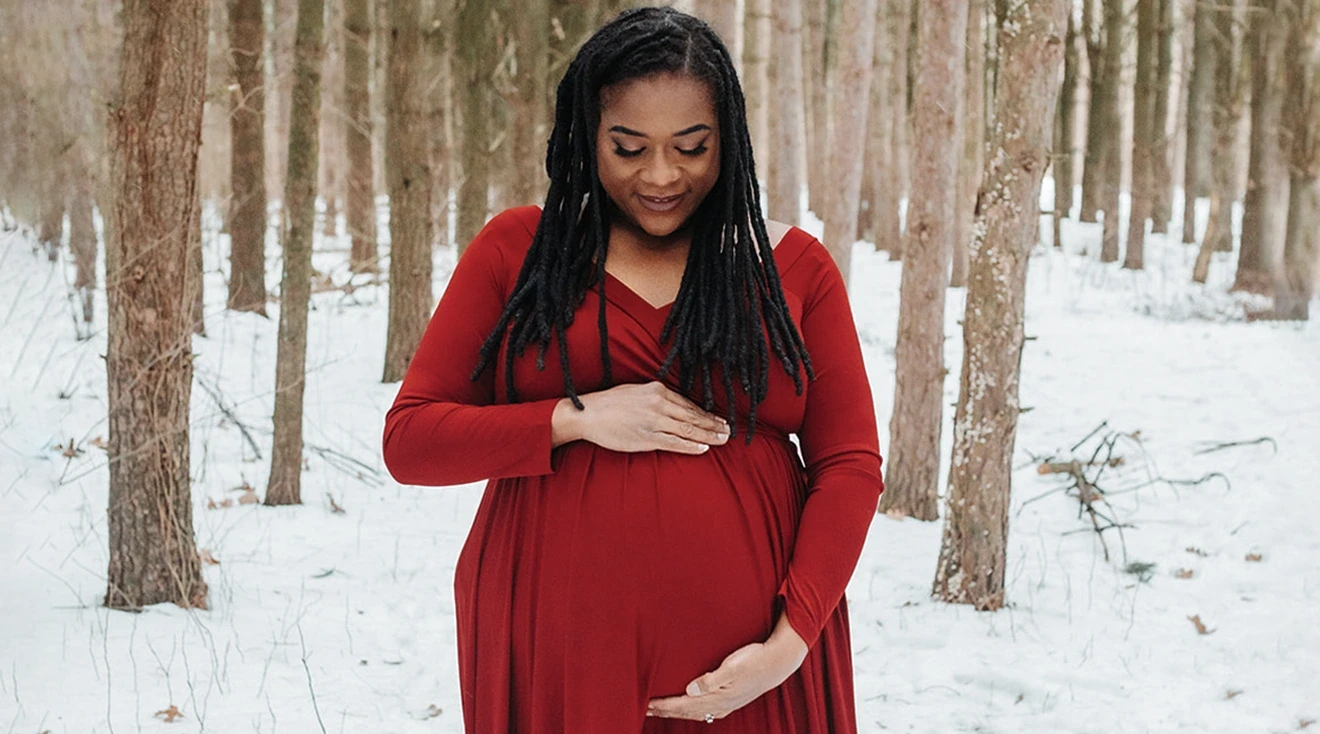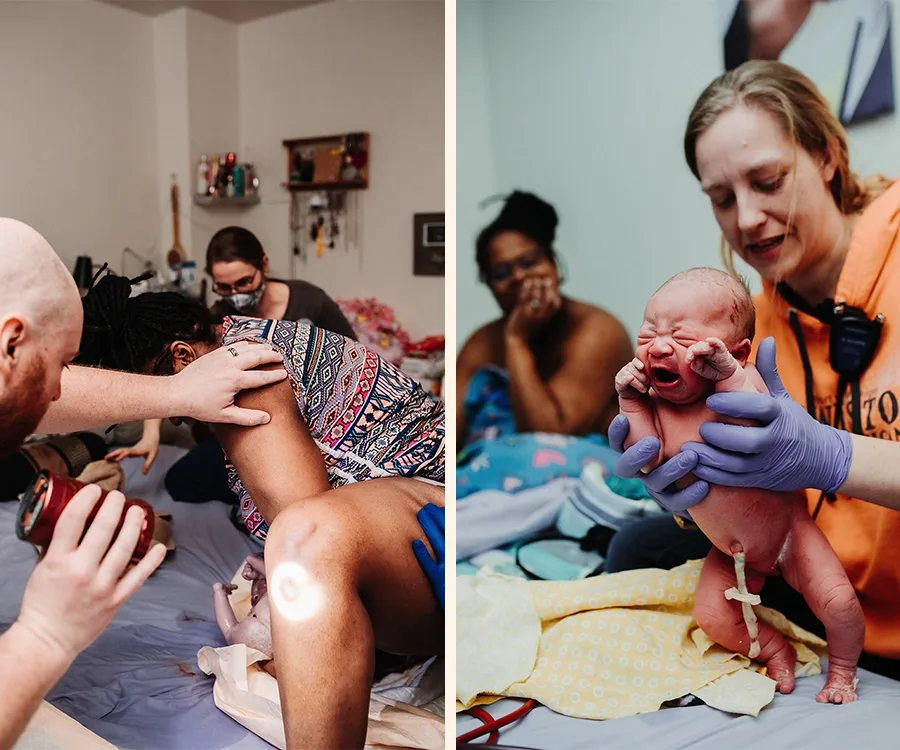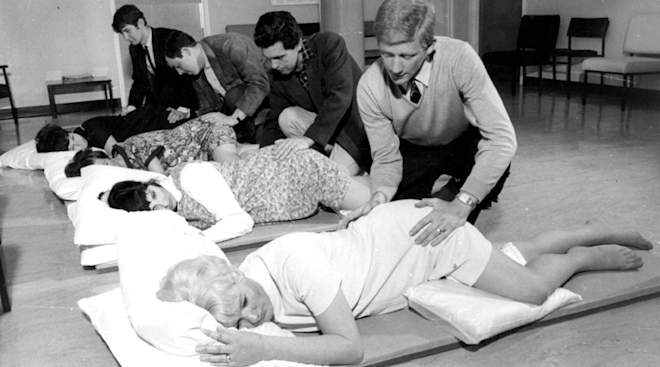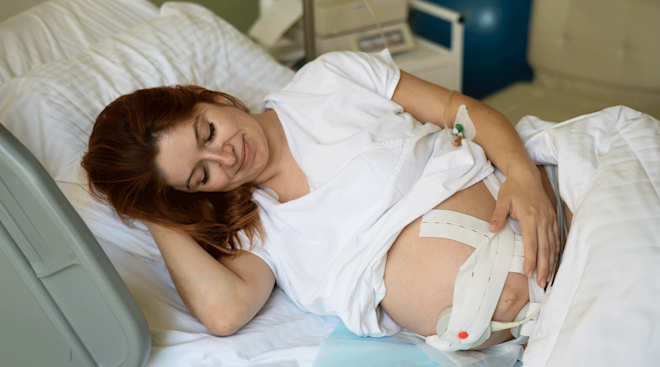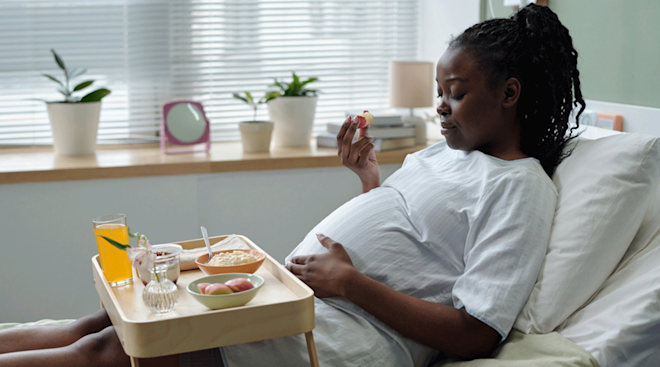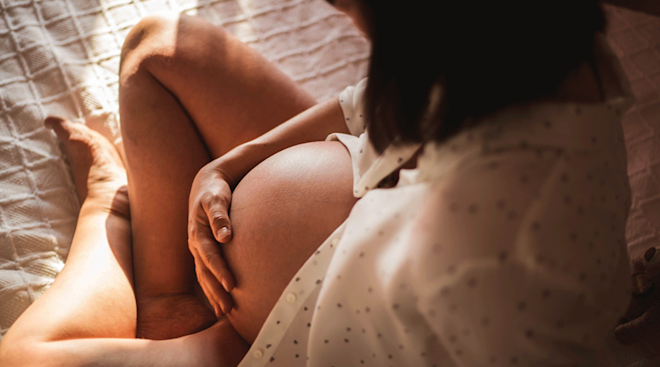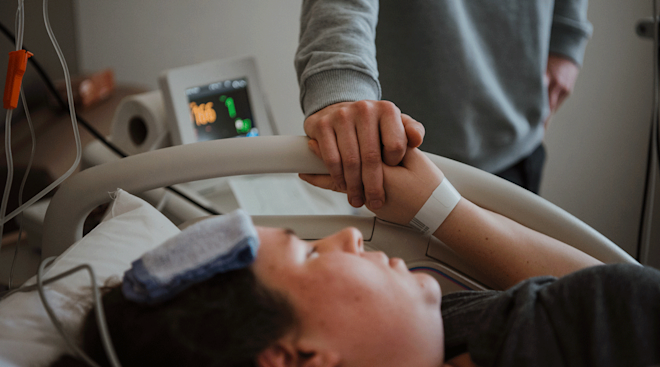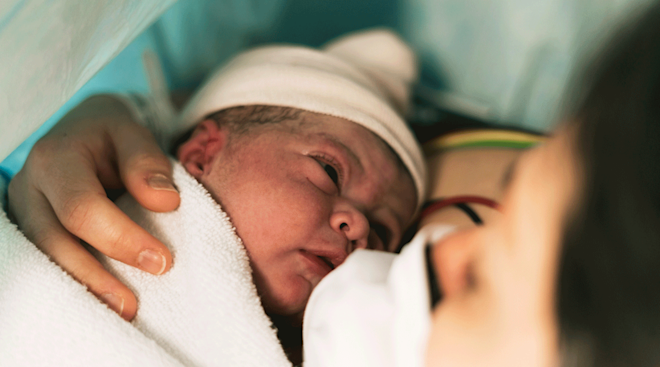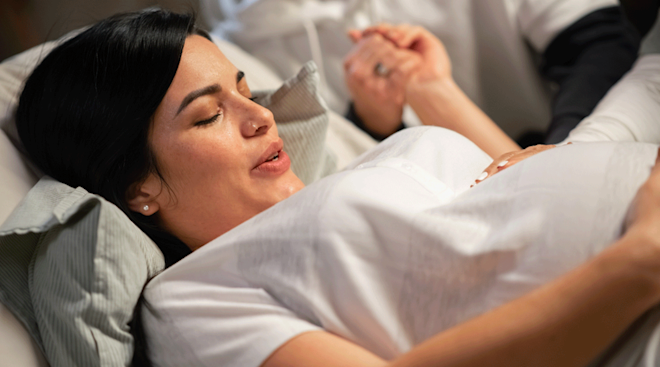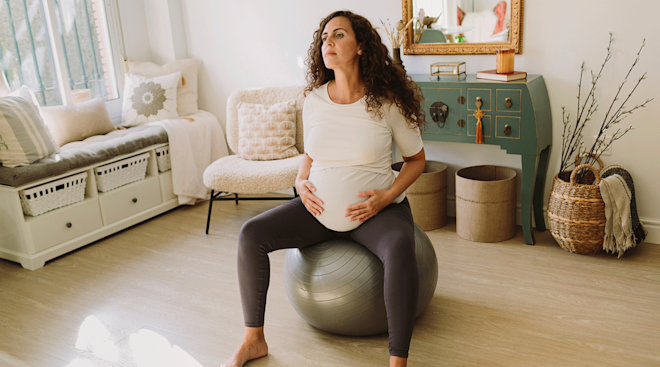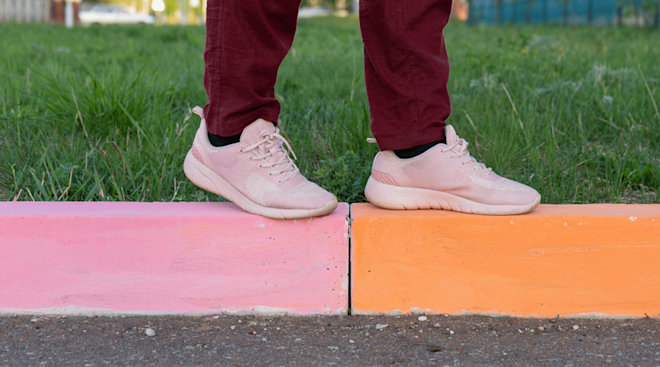Why I Opted for a Home Birth as a Black Mom-to-Be
As a home-birth baby myself, the idea of having a child outside of the hospital, with minimal medical intervention, felt completely normal to me. I was my mom’s seventh and final baby—but I wasn’t her only out-of-the-box labor story. She’d often share her “crazy” delivery tales with us: None of these births went according to plan; we all ended up being born in random and various places outside of the hospital setting. (The hospital lobby, a car and at home.) I was born, as my mom put it, “halfway on the bed and halfway on the floor.” Our neighbor was suddenly and unexpectedly thrust into the role of my mother’s midwife.
My mom’s choice to share and normalize her birthing experiences throughout my childhood set the foundation for my perception of what birth should look like. And my experiences with the hospital system ultimately solidified my decision to pursue a home birth when I became pregnant.
In the United States, all birthing people face risks within the medical system. But Black women face even bigger consequences. According to the CDC, the maternal mortality rate for non-Hispanic Black women is 55.3 deaths per 100,000 live births. That’s 2.9 times the rate for non-Hispanic white women. The Black maternal health crisis is a result of many things—not least of which is institutional racism.
I personally experienced various forms of bias and multiple microaggressions within the medical system: Assumptions about being a girlfriend rather than a wife, implications that I must have multiple children at home already and even unprofessional and offensive references, such as “homegirl” or “girlfriend.” These personal experiences—along with the alarming maternal mortality rate—led me to believe that I, as an African American woman, would be safer birthing at home.
After my husband and I met, we discussed plans for children, including when, how and where we wanted to birth. I introduced the idea of home birth early on, and my husband, thankfully, was fully on board with protecting my needs as a woman of color. Our primary provider was an independent midwife who practiced outside of the traditional medical system. Despite our confidence in our choice, we also decided to pursue dual care with a certified nurse midwife within the traditional medical system, just in case we transferred to a medical facility later on in our journey.
The first meeting with our independent midwife was amazing. I still smile at the memory. I instantly felt comfortable, safe and welcome. The whole experience led to a beautiful and stress-free pregnancy and birth. This was the total opposite of the experience we had when we met the midwife within the medical system. The room was cold and sterile. I didn’t feel connected to the experience; I felt like a number—unimportant and unsafe. She took my history and made unnecessary referrals, which seemed based on race rather than my medical needs. My husband and I never returned.
Well-intended family members and friends had their fair share of opinions about our choice to birth at home. I recall a colleague feeling “compelled” to share her awful and horrific birthing story that resulted in her needing emergency medical attention. She simply wanted to make sure I was sure about my choice. She was one of many. I quickly had to develop tough skin and the ability to tell people I wasn’t willing to hear birth stories.
Other providers tried to scare me. They used various tactics in attempts to persuade me that I was safest in a hospital. They informed me I had fibroids, a condition that I never even knew I had, let alone felt impacted by. They said it was their duty to warn me and provide adequate care; they notified me of the increased risk of giving birth at home. But nobody wanted to address my concerns about minimizing the disparities Black women face or the real concern about dying during childbirth in a hospital.
My husband and I decided to proceed full force with only our independent midwife. We didn’t consider dual or alternative care again. I knew I would succeed at home. Our care was tailored to our needs, rather than the standard practices. We elected to forgo certain tests; instead, choosing more frequent and thorough monitoring. We elected to have only one dating ultrasound in the beginning. Our prenatal visits were a minimum of an hour—most times more. Each appointment with our midwife was extremely hands-on; she’d feel baby, listen to her, talk to her. She deepened our relationships and trust through these interactions.
We had a beautiful pregnancy and an even better birth experience. We had our baby girl at 40 weeks, after 22 hours of labor. She was born completely on the bed at home, with my midwife, her two assistants, my doula, a photographer and my husband present. We were all enveloped with love; we were pampered, supported, guided, educated and even nourished. Then, one by one, they slowly left me and my family to bond. It was perfect!
I encourage every birthing person to take ownership of their pregnancy and birth experience. Advocate for yourself. Speak up and speak out. If the partnership with your doctor or midwife doesn’t feel safe and supportive, seek out new care. As a home birthing mom, I encourage all birthing people to weigh their options. Home birth isn’t for everyone, but it may be the right path for you.
About the author: Nica Lovely is a lifestyle and mental health freelance writer with a focus on parenting and marriage. She shares her own life experiences with the goal of encouraging others to heal their own personal traumas. Before she started writing, Nica earned her social work degrees at Michigan State University and Western Michigan University. She has worked as a therapist, and found fulfillment teaching and encouraging people to take control of their own mental health. Nica lives in Kalamazoo, Michigan, with her husband, daughter and bonus son. They enjoy thrifting and finding great food.
Please note: The Bump and the materials and information it contains are not intended to, and do not constitute, medical or other health advice or diagnosis and should not be used as such. You should always consult with a qualified physician or health professional about your specific circumstances.
Plus, more from The Bump:
Navigate forward to interact with the calendar and select a date. Press the question mark key to get the keyboard shortcuts for changing dates.
































